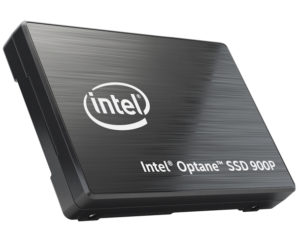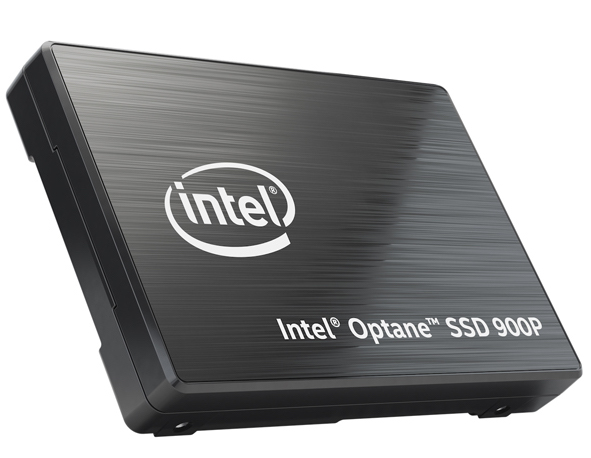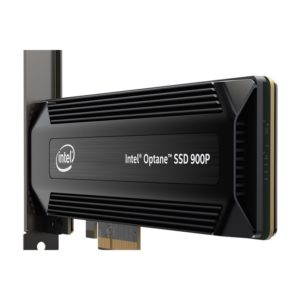Today Intel announced the launch of the Intel Optane SSD 900P Series, the first SSD for desktop PC and workstation users built on Intel Optane technology.
Up to four times faster than competitive NAND-based SSDs, the Intel Optane SSD 900P Series delivers incredibly low latency and best-in-class random read and write performance. The Intel Optane SSD 900P Series is ideal for the most demanding storage workloads, including 3D rendering, complex simulations, fast game load times and more. The device also offers up to 22 times more endurance than other drives.
The Intel Optane SSD 900P Series brings the workstation-class performance and industry-leading endurance of Intel Optane technology to a client SSD for the first time, and we know end users will find exciting ways to take advantage of the drive to do great things,” said Bill Leszinske, Intel vice president, Non-Volatile Memory Solutions Group, and director of strategic planning, marketing and business development. “We are eager to see the possibilities unlocked by software developers, like Roberts Space Industries with Star Citizen, and the SSD to offer users new ways to use larger data sets and more complex workloads to do more.”
The Intel Optane SSD 900P Series features 3D XPoint memory media. 3D XPoint memory media is a new class of memory technology and the resulting Intel Optane SSD products have characteristics that are fundamentally different from SSD products based on traditional NAND media. Intel Optane technology pairs 3D XPoint memory media with Intel Memory or Storage Controller, Intel Interconnect IP (system components architected by Intel), and Intel storage software to deliver products highly optimized for specific markets and workloads demanding large capacity, high endurance and fast storage.
 3D XPoint memory media features a cross point structure which allows each memory cell to store a single bit of data which can be accessed individually. This is fundamentally different from NAND media, which is read and written in pages, or “large chunks” of data. 3D XPoint memory media uses fast switching material, combined with a low-delay metal interconnect design, delivering a significant performance boost, when compared to NAND. Together, these building blocks deliver a combination of performance, high endurance and quality of service, along with low latency. Because of the unique characteristics of SSD products based on Intel Optane technology, some scenarios where they are expected to outperform NAND-based SSDs are:
3D XPoint memory media features a cross point structure which allows each memory cell to store a single bit of data which can be accessed individually. This is fundamentally different from NAND media, which is read and written in pages, or “large chunks” of data. 3D XPoint memory media uses fast switching material, combined with a low-delay metal interconnect design, delivering a significant performance boost, when compared to NAND. Together, these building blocks deliver a combination of performance, high endurance and quality of service, along with low latency. Because of the unique characteristics of SSD products based on Intel Optane technology, some scenarios where they are expected to outperform NAND-based SSDs are:
- High random read and write performance
- High performance at low queue depths
- High simultaneous read and write performance
- High read and write performance at small capacity points
- High performance maintained as the drive fills
- High endurance
With its unique high performance characteristics, Intel Optane SSD performance can be impacted by some variables that NAND SSDs are less impacted by. These variables include CPU speed, and relevant hardware and OS settings. A new Intel White Paper introduces those variable that enable users to evaluate optimum performance with Intel Optane SSDs.





